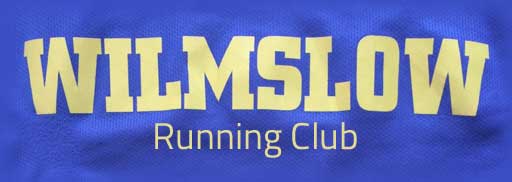From Bill……
Drills….an explanation.
You may ask why we do drills on a Tuesday night. For those who don’t know me, I’ve been running for 36 years, I’ve trained under various coaches and have studied and have diplomas in sports psychology. Watching me drag my body around these days you probably would think i used to be quite quick.
It’s difficult on a Tuesday night to get in a proper explanation because there are so many of you., ideally it would be a group of 4-6 so I can give closer scrutiny to your running.
So why do drills?
1. It’s a perfect way to warm up for Nick’s session and hopefully reduce the chance of injury. You want the ‘fast twitch’ muscles in your legs activated and ready to go.
2. It helps develop a more efficient running style. None of us are perfectly balanced and because running is a repetitious we are constantly working the same muscles and over time they help us in getting stronger and hopefully faster. The downside to this is that we also work on the same weak points in our bodies. Drills help develop more muscles and hopefully protect our bodies a bit more.
Last week :
The aim last week was to get you to count every time your lead leg hits the ground.
At half marathon pace ( a good pace to do speed work on your own) I will do 42 strides in 30 seconds. You should know what your average is.
So why count?
1. If you find out how many strides you do in 30 secs at a particular pace then it’s something you can do at the start of a race to ensure you set off at the correct pace. Look at your watch after a minute and if you’re wildly out with what you do in training then alter your pace. With a little training you should be able to run at an even pace, something a lot of runners never learn to do.
2. The psychology bit……running is all about your own performance. You shouldn’t waste energy looking at and responding to what other runners are doing or wondering if your pace is right. Counting internalises what you are doing and is a really useful technique to use if you find your mind wandering or you start to struggle in a race.
3. Counting helps you establish a rhythm.
4. The last mile marker in a race is an ideal time to count. Many times runners get an adrenaline surge when they see the marker but then flounder after half a mile. Thoughts of tiredness can overtake you. Counting to half or a full minute and repeating will help take your mind off the pain and maintain your rhythm.
5. If you’re speed training on your own and don’t want to be constantly looking at your watch then counting is an ideal way to work out your rep times.
What I’m doing is giving you an option, it may be something you try and discard but as runners we all know that you have to find ways to encourage yourself when things get tough.
I believe that Paula Radcliffe used to count her steps for each mile of her marathon races.
If you want any further explanation of this the just ask. If you try it then let me know how you get on.
I’ll intermittently put posts on here ( or maybe Laura when she’s back from injury) to help explain the what’s and why’s of drills before the sessions and hopefully you’ll understand and gain some benefit.
Bill.



